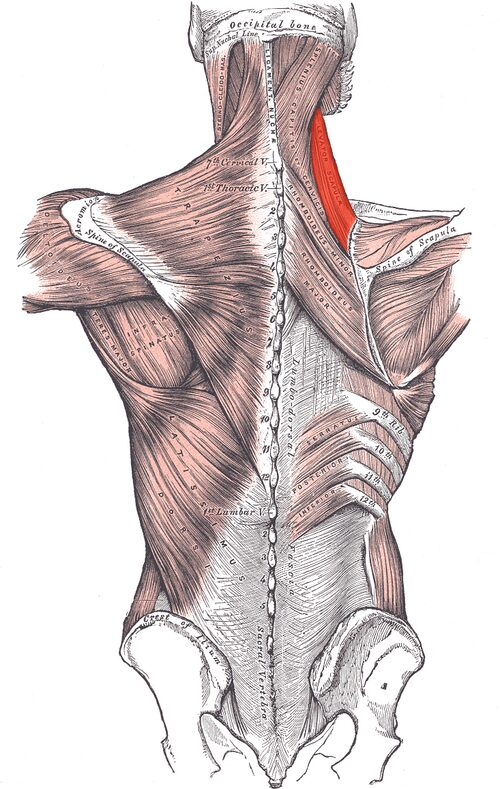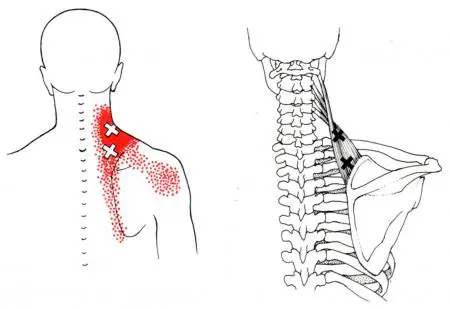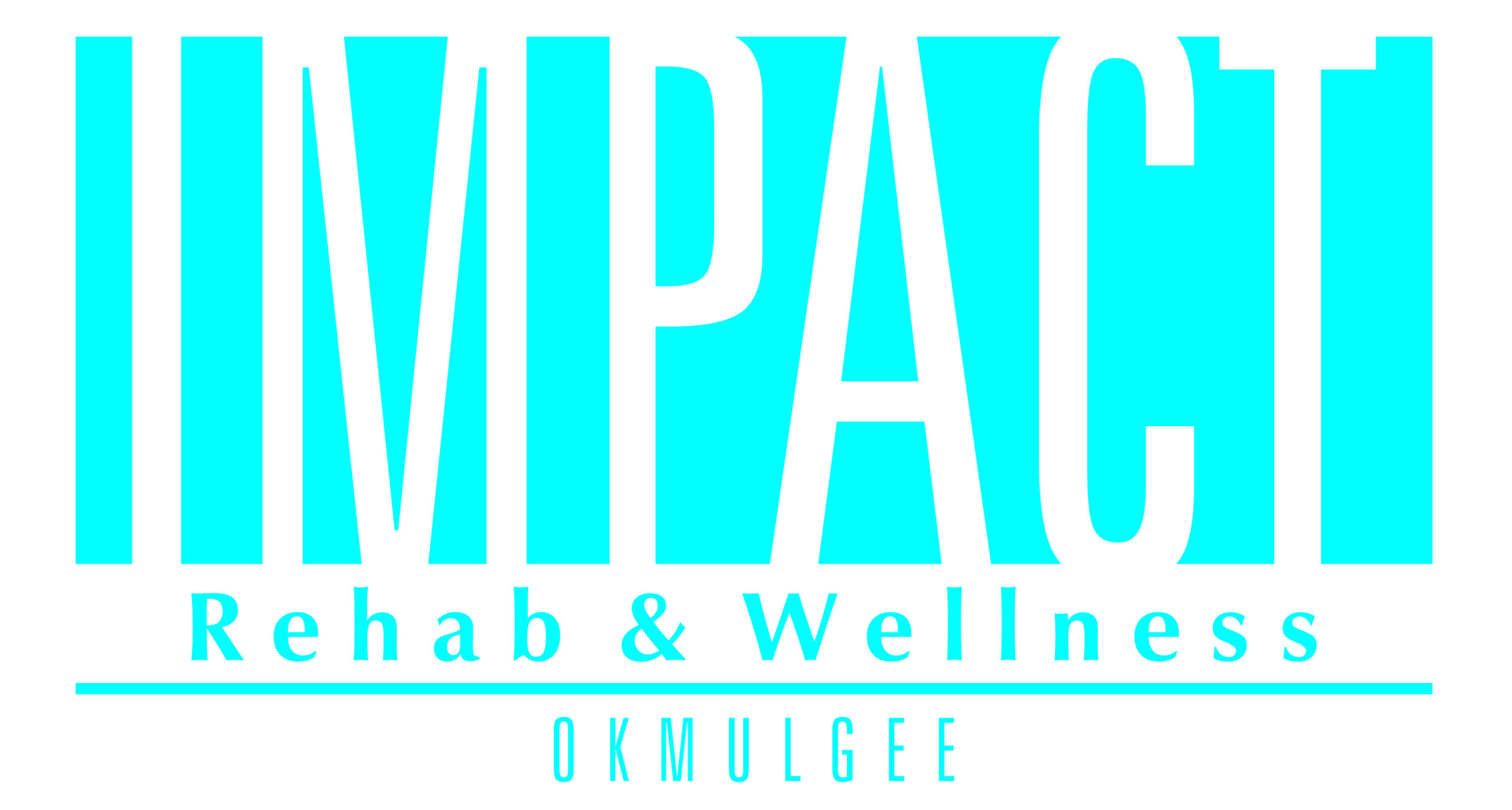
Have you ever experienced persistent nagging pain in your neck, shoulders, or upper back? It might be pointing to a small, yet incredibly vital, muscle often overlooked: the levator scapulae. This unsung hero of your upper body is crucial for everything from supporting your shoulder blade to maintaining good posture and even facilitating natural arm movements. When it’s weak or strained, it can lead to a cascade of discomfort and limited mobility.
What is the Levator Scapulae and Why Does It Matter?
The levator scapulae, whose name literally means “raising the shoulder blade,” is a slender, elongated skeletal muscle nestled between your neck and upper back. It connects the top four cervical vertebrae (C1 to C4) in your neck to the superior part of your shoulder blade (scapula).
This unique positioning allows it to perform several critical functions:
- Elevates the Shoulder Blade: Think about shrugging your shoulders – that’s your levator scapulae at work!
- Assists in Neck Movement: It helps with the rotation and lateral flexion (tilting) of your neck.
- Posture and Shoulder Alignment: It works synergistically with other muscles to maintain proper posture and ensure your shoulder blade is correctly positioned.
Innervated by the dorsal scapular nerve, the levator scapulae’s dual role in stabilizing the shoulder and facilitating neck movement makes it highly susceptible to strain, especially from poor posture, repetitive stress, or emotional tension.
Anatomy at a Glance: The Levator Scapulae’s Blueprint

Understanding where this muscle sits helps highlight its importance:
- Origin: Transverse processes of the first four cervical vertebrae (C1-C4)
- Insertion: Medial border of the scapula, specifically between the superior angle and the scapular spine
- Nerve Supply: Dorsal scapular nerve (C5) and cervical nerves (C3, C4)
- Primary Function: Elevates the scapula; assists in neck rotation and lateral flexion.
Its intimate connection to both the neck and shoulder blade means that issues with the levator scapulae can manifest as pain in both areas.
Is Your Levator Scapulae Asking for Help? Signs to Watch For
Recognizing the symptoms of a weak or strained levator scapulae is the first step toward addressing the problem. Common indicators include:
- Persistent Neck Pain: This is often the most noticeable sign. Pain can stem from stress, prolonged poor posture (like “tech neck”), or repetitive movements (e.g., extensive computer use). A weak or overworked levator scapulae leads to tension and discomfort, sometimes even triggering tension headaches.
- Shoulder Pain, Especially Around the Blade: Imbalances caused by a struggling levator scapulae can lead to discomfort around the shoulder blade, particularly during movements like reaching overhead or lifting.
- Reduced Range of Motion: A tight or weak levator scapulae can restrict your ability to move your neck and shoulders freely. You might notice difficulty turning your head, tilting it to one side, or raising your arm without discomfort.
- Active Myofascial Trigger Points: These are “knots” or hyperirritable spots within the muscle that can cause referred pain, often contributing to chronic tension-type headaches, stiffness, and limited mobility in the neck and shoulders.

Common Culprits Behind Levator Scapulae Problems
Several factors contribute to issues with this critical muscle:
- Poor Posture: One of the leading causes. Anterior tilt of the scapula (where the shoulder blade rotates forward), often from slouching or prolonged sitting, places excessive stress on the levator scapulae.
- Overuse: Repetitive motions involving the arms and shoulders, common in athletes, manual laborers, and even office workers (think constant mouse use), can strain the muscle if breaks and stretches aren’t incorporated.
- Stress and Tension: Emotional stress often manifests physically, especially in the neck and shoulders. The levator scapulae is notorious for tightening up in response to stress, leading to chronic discomfort.
- Injury and Aging: Acute injuries like whiplash from car accidents or falls can directly damage the muscle. Additionally, natural wear and tear as we age can make the levator scapulae more susceptible to strain and tension.
When to seek professional help for levator scapulae pain:
- Persistent pain: If your pain doesn’t improve after a few days or a week of self-care (rest, gentle stretching, heat/cold therapy, over-the-counter pain relievers).
- Worsening pain: If your pain gets progressively worse, even with rest or home remedies.
- Radiating pain: If the pain spreads down your arm or if you experience numbness, tingling, or weakness in your limbs. This could indicate nerve involvement.
- Significant limited range of motion: If you have trouble turning your head, lifting your arm, or performing daily activities due to the pain and stiffness.
- Accompanying symptoms:
- Headaches: Especially tension headaches radiating from the upper neck.
- Dizziness or blurred vision.
- Muscle weakness or spasms.
- Pain after an injury or accident: If your pain started after a car collision, fall, or sports injury, it’s important to get it checked out by a professional to rule out more severe issues like whiplash or fractures.
Physical therapy is highly effective for levator scapulae pain. A physical therapist will diagnose the cause of your pain and provide a comprehensive treatment plan that includes:
- Pain relief: Using manual therapy (massage, joint mobilization) and modalities (dry needling).
- Restoring movement: Through targeted stretches and muscle activation to improve flexibility.
- Strengthening: Exercises for the levator scapulae and surrounding muscles to prevent recurrence.
- Postural correction and ergonomic education: To address contributing factors like poor posture and workstation setup.
- Patient education: Empowering you with self-management strategies and a home exercise program
Don’t ignore persistent or worsening levator scapulae pain, as addressing it early can prevent it from becoming a chronic problem.
Conclusion
The levator scapulae is far from an insignificant muscle. It’s a cornerstone of good posture, healthy neck and shoulder movement, and overall well-being. By understanding its vital role and incorporating targeted stretches and strengthening exercises into your regular routine, you can proactively alleviate discomfort, improve your posture, and enhance the functionality of this essential muscle. Whether you’re an athlete pushing your limits, a desk worker battling daily stiffness, or simply someone looking to improve their posture and reduce pain, paying attention to the health of your levator scapulae is a key step toward a stronger, more comfortable you.
